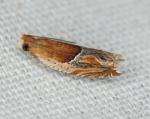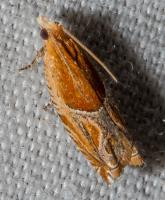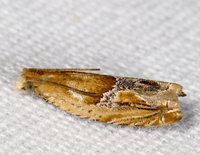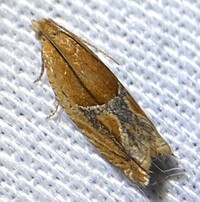
| Recorded by: Dean Furbish and Joy Wiggins on 2025-09-19
Wake Co.
Comment: | 
| Recorded by: Simpson Eason on 2025-08-22
Durham Co.
Comment: |
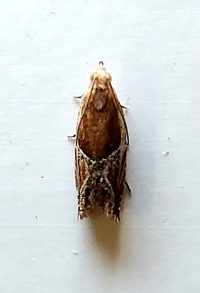
| Recorded by: Mark Basinger on 2025-07-20
Brunswick Co.
Comment: | 
| Recorded by: Mark Basinger on 2025-07-20
Brunswick Co.
Comment: |
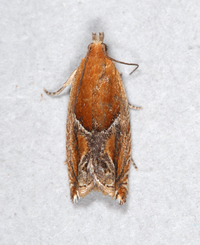
| Recorded by: Jim Petranka on 2025-07-16
Madison Co.
Comment: | 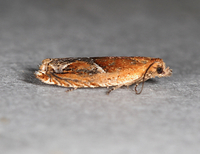
| Recorded by: Jim Petranka on 2025-07-16
Madison Co.
Comment: |
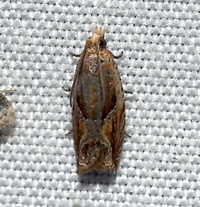
| Recorded by: David George, David Bradley, Becky Watkins, David Cheng, Michelle Lotker, Tracy Feldman, et al. on 2025-06-28
Durham Co.
Comment: | 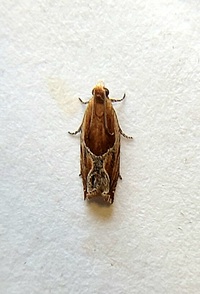
| Recorded by: Mark Basinger on 2025-06-03
Brunswick Co.
Comment: |

| Recorded by: Mark Basinger on 2025-06-03
Brunswick Co.
Comment: | 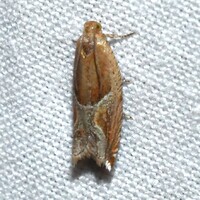
| Recorded by: David George, Jeff Niznik on 2025-04-05
Chatham Co.
Comment: |
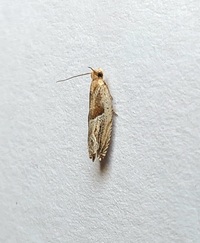
| Recorded by: Mark Basinger on 2025-03-27
Brunswick Co.
Comment: | 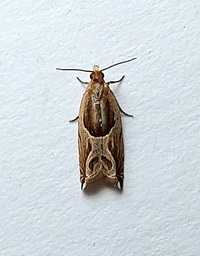
| Recorded by: Mark Basinger on 2025-03-14
Brunswick Co.
Comment: |

| Recorded by: Mark Basinger on 2025-03-14
Brunswick Co.
Comment: | 
| Recorded by: R. Newman on 2024-10-23
Carteret Co.
Comment: |
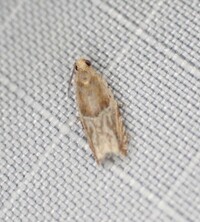
| Recorded by: Stefanie Hedrick on 2024-08-29
Union Co.
Comment: | 
| Recorded by: David George, Jeff Niznik on 2024-07-08
Chatham Co.
Comment: |

| Recorded by: Jeff Niznik on 2024-06-26
Orange Co.
Comment: | 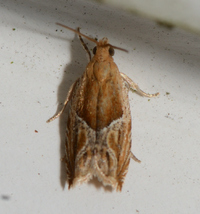
| Recorded by: Hunter Phillips on 2024-06-14
Onslow Co.
Comment: |
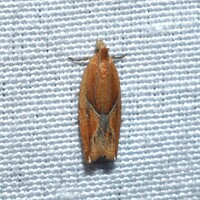
| Recorded by: Jeff Niznik on 2024-06-14
Scotland Co.
Comment: | 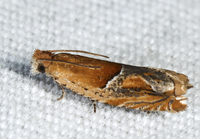
| Recorded by: John Petranka on 2024-06-07
Orange Co.
Comment: |

| Recorded by: Jim Petranka on 2024-04-19
Madison Co.
Comment: | 
| Recorded by: Jeff Niznik, David George on 2024-04-10
Durham Co.
Comment: |
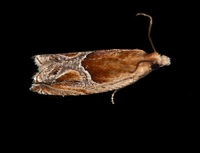
| Recorded by: Jim Petranka on 2024-04-10
Madison Co.
Comment: | 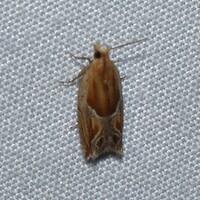
| Recorded by: Stephen Dunn, Jeff Niznik, David George on 2024-03-31
Orange Co.
Comment: |
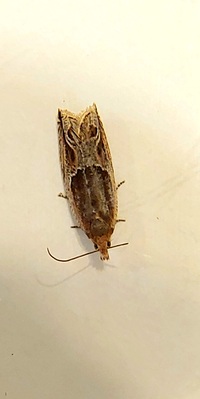
| Recorded by: Mark Basinger on 2024-03-07
Brunswick Co.
Comment: | 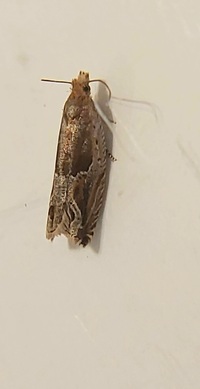
| Recorded by: Mark Basinger on 2024-03-07
Brunswick Co.
Comment: |
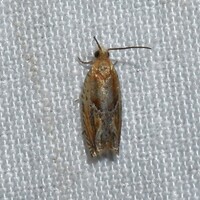
| Recorded by: David George, Jeff Niznik on 2023-09-04
Orange Co.
Comment: | 
| Recorded by: David George on 2023-08-25
Orange Co.
Comment: |

| Recorded by: Mark Basinger on 2023-08-18
Brunswick Co.
Comment: | 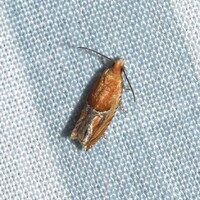
| Recorded by: David George, Stephen Dunn, Jeff Niznik on 2023-07-13
Orange Co.
Comment: |
|

 »
»